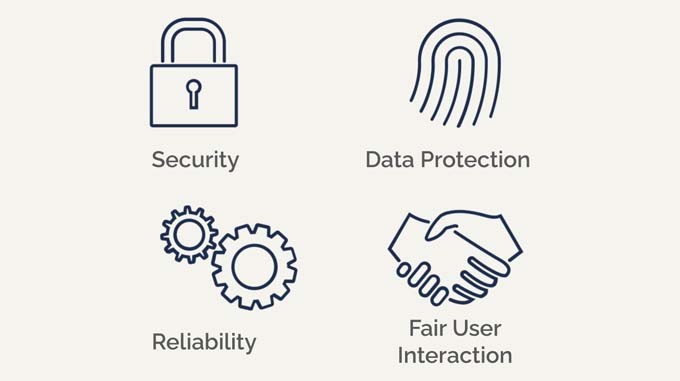Swiss cyberspace study: 2.5 million potential security vulnerabilities discovered
The results of a scientific scan of Swiss cyberspace, i.e. all IT infrastructures connected to the public Internet, are being presented today at the Swiss Cyber Security Days. Over 2.5 million potential vulnerabilities were identified in Swiss cyberspace. Of these, over one million are rated as critical or high.

The report presented by Dreamlab Technologies CEO Nicolas Mayencourt and Professor Marc K. Peter at the Swiss Cyber Security Days 2024 in Bern shows what a nation or cybercriminals would see if they analyzed Swiss cyberspace for possible attacks. The scan was carried out using the CyObs software solution. CyObs measures the so-called external attack surface and inventories all IT infrastructures connected to the internet (such as servers and firewalls). This also provides an overview of potential vulnerabilities, i.e. the attack surface on the Swiss Internet.
Key findings from the CyObs Scan Switzerland 2024:
- In Swiss cyberspace, 3,235,826 active IPv4 addresses assigned to Switzerland and 1,885,471 active domains were found.
- The CyObs scan identified 2.5 million potential vulnerabilities (based on metadata or the version number of the software). Of these, 421,735 are classified as critical and 727,557 as high (critical vulnerabilities are those with a CVSS score of 9.0-10, high vulnerabilities are those with a CVSS score of 7.0-8.9).
- Only 18.9% of the servers for active domains are located in the Swiss IP range; 81.1% of the servers are located outside Swiss cyberspace.
- Only around 13.4% of DNS servers are located in the Swiss IP range; 86.6% are outside Switzerland. They provide DNS services for 50.9% of the domains in Swiss cyberspace.
- Only 29.4% of mail exchange servers are located in Swiss cyberspace. They provide 59.4% of the domains with mail services.
Potential vulnerabilities include operating systems that are no longer supported and have documented security vulnerabilities, firewalls that have not been updated, unprotected databases, vulnerable websites (where, for example, users' passwords can be stolen), connected industrial devices (with vulnerabilities and in many cases without upstream firewalls) and FTP servers.
In addition, 604 active domains and 439 active IP4 addresses of the Swiss Federal Administration (admin.ch) were identified in Swiss cyberspace. The scan revealed 781 potential vulnerabilities, of which 18% are rated as critical and 25% as high. Most of the critical potential vulnerabilities in the Internet infrastructure of the Swiss Federal Administration are outdated versions of OpenSSH and Apache HTTPD.
Nicolas Mayencourt and Marc K. Peter conclude their keynote speech with the call that Switzerland has great potential to establish basic cyber hygiene in national cyberspace. The public discussion on national cybersecurity is the starting point for a national cybersecurity strategy. It forms the foundation of the digital society and places the issues of digital rights, privacy and product security for its citizens at the center of the political and economic investments that are inevitable with the digital transformation.
Source and further information: www.dreamlab.net









